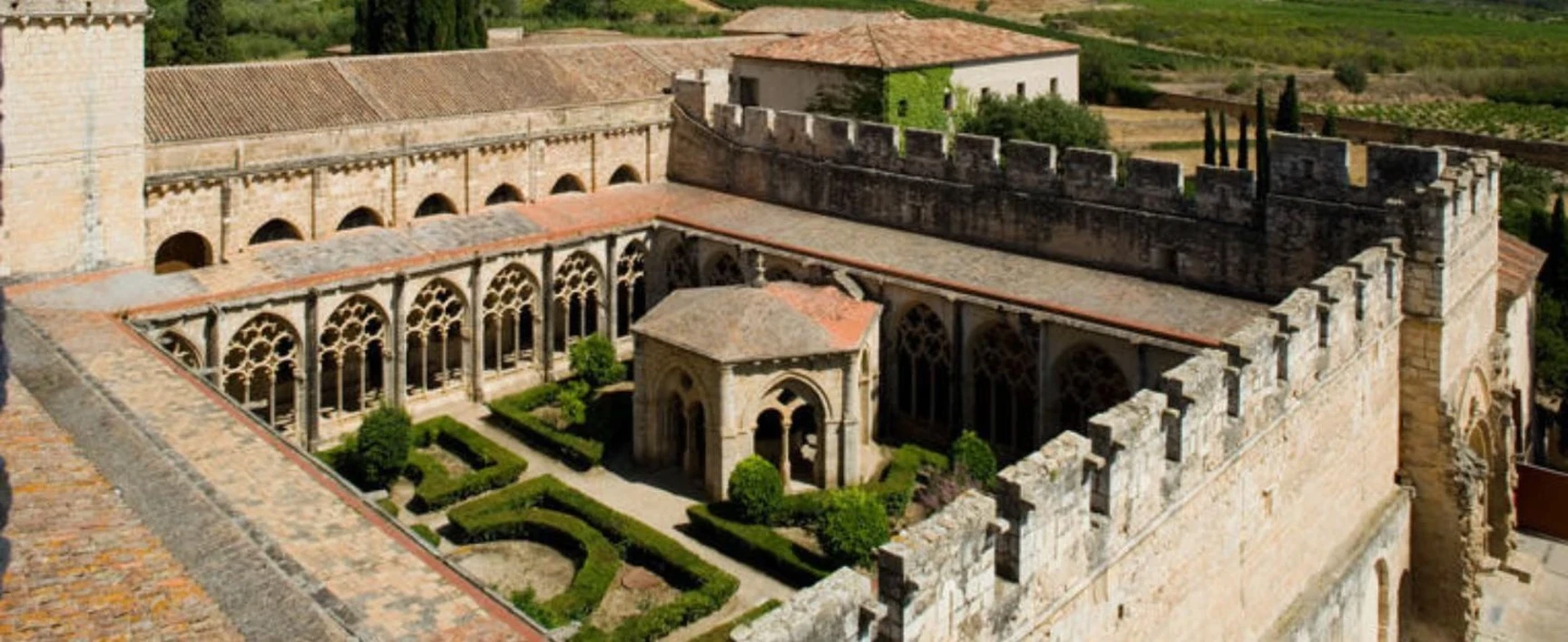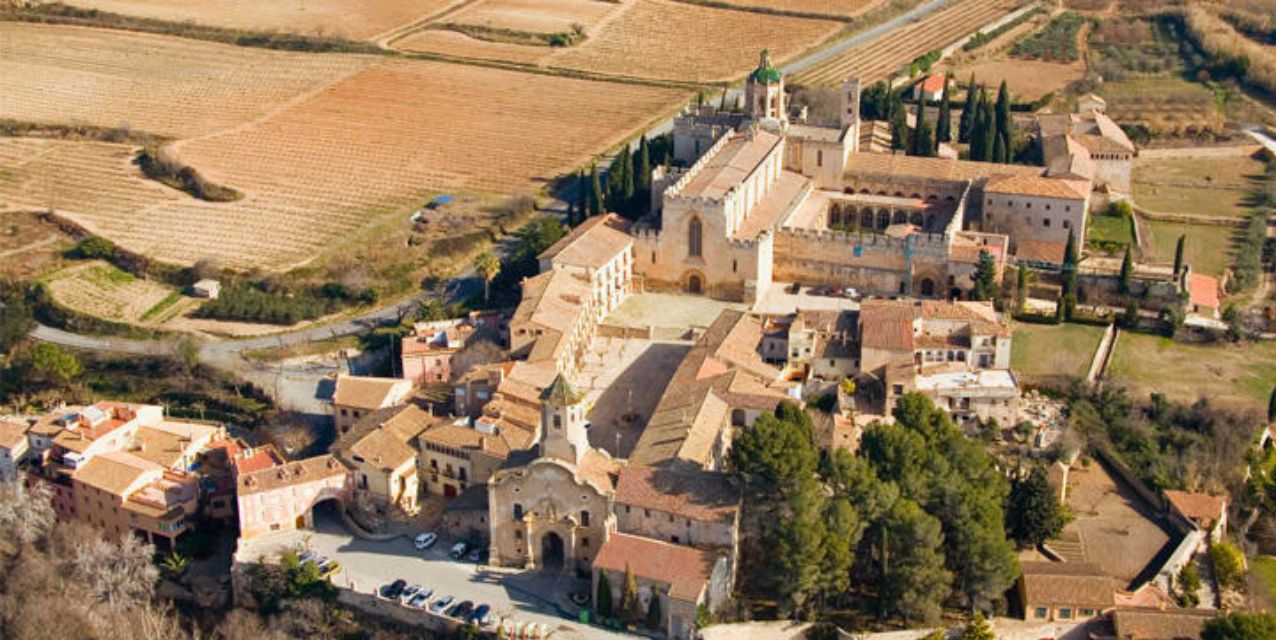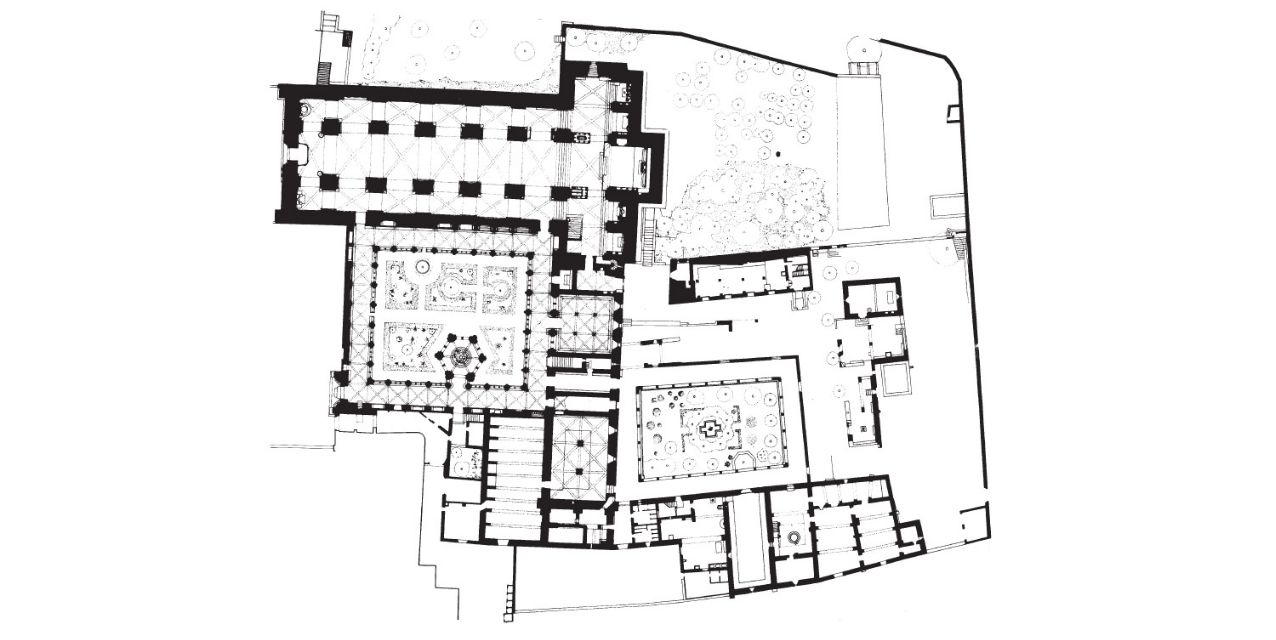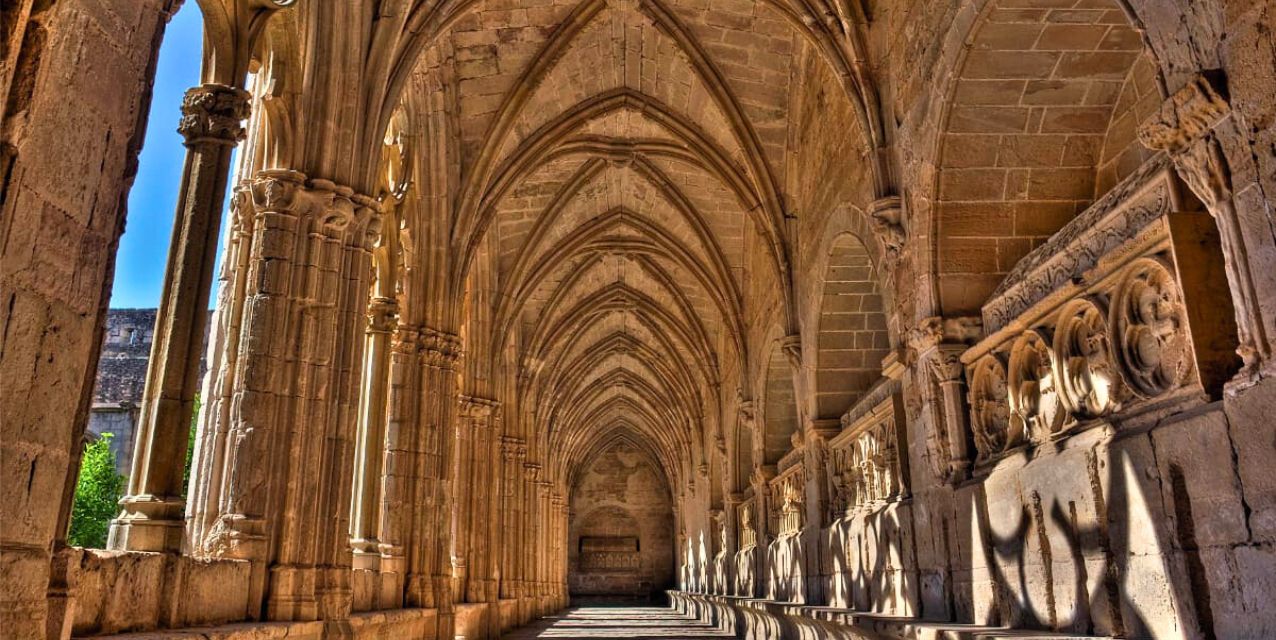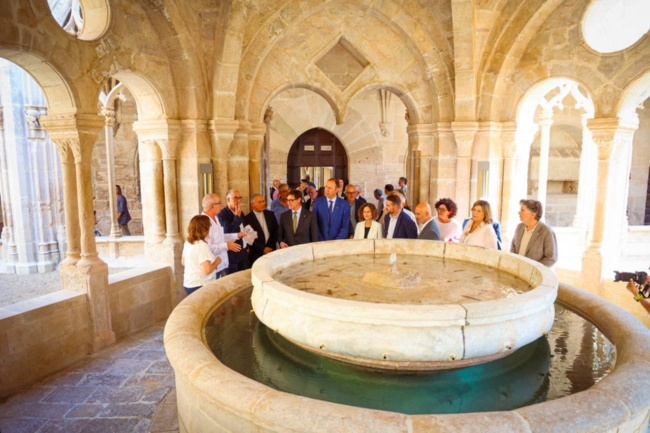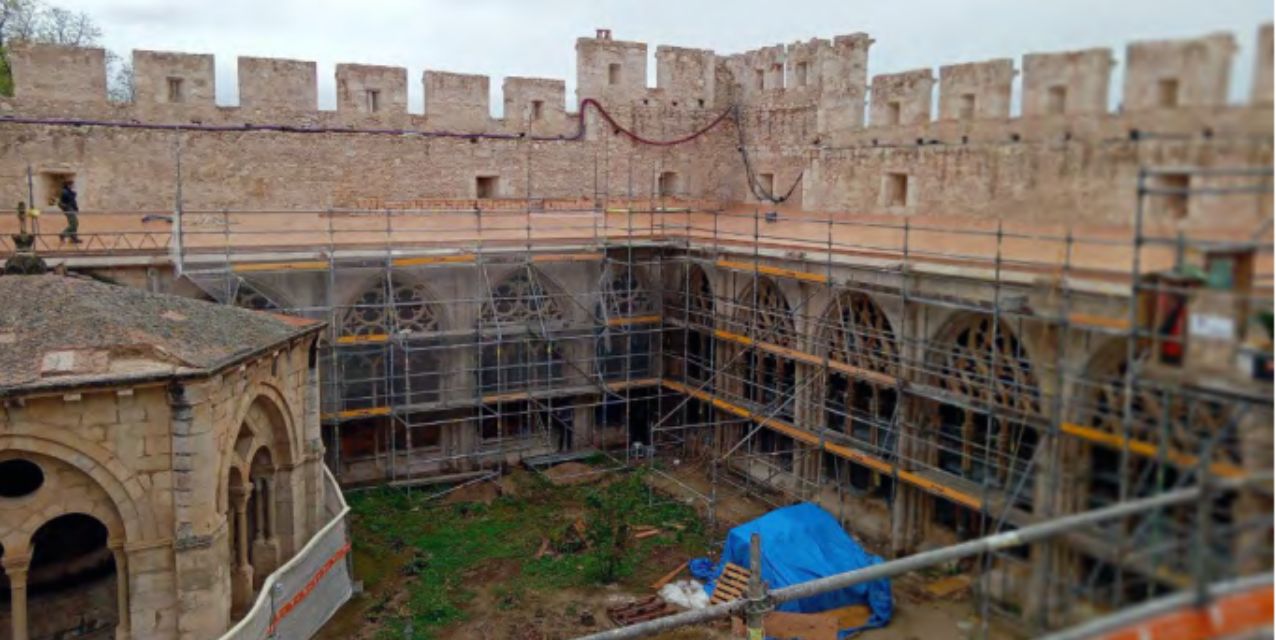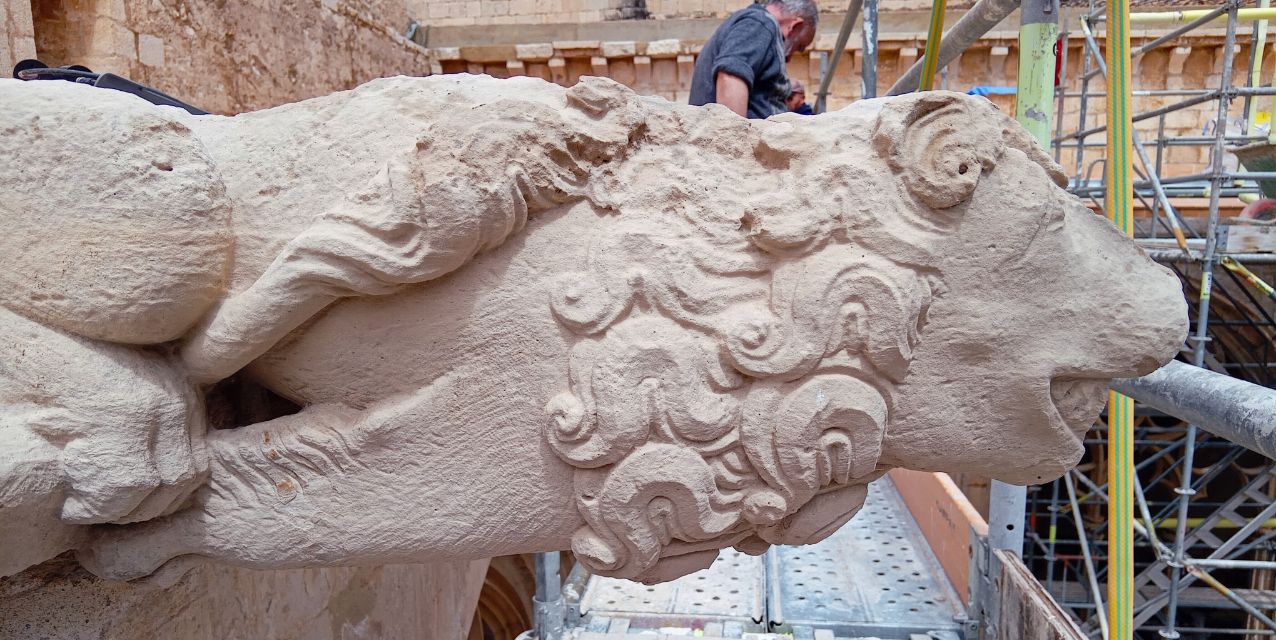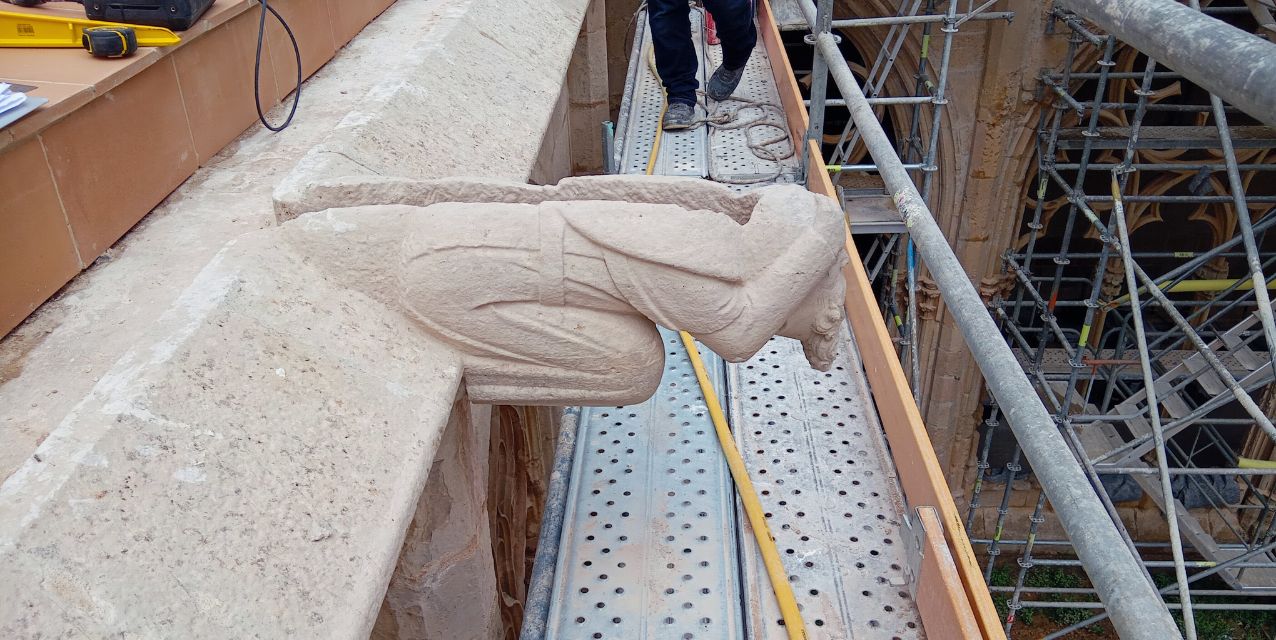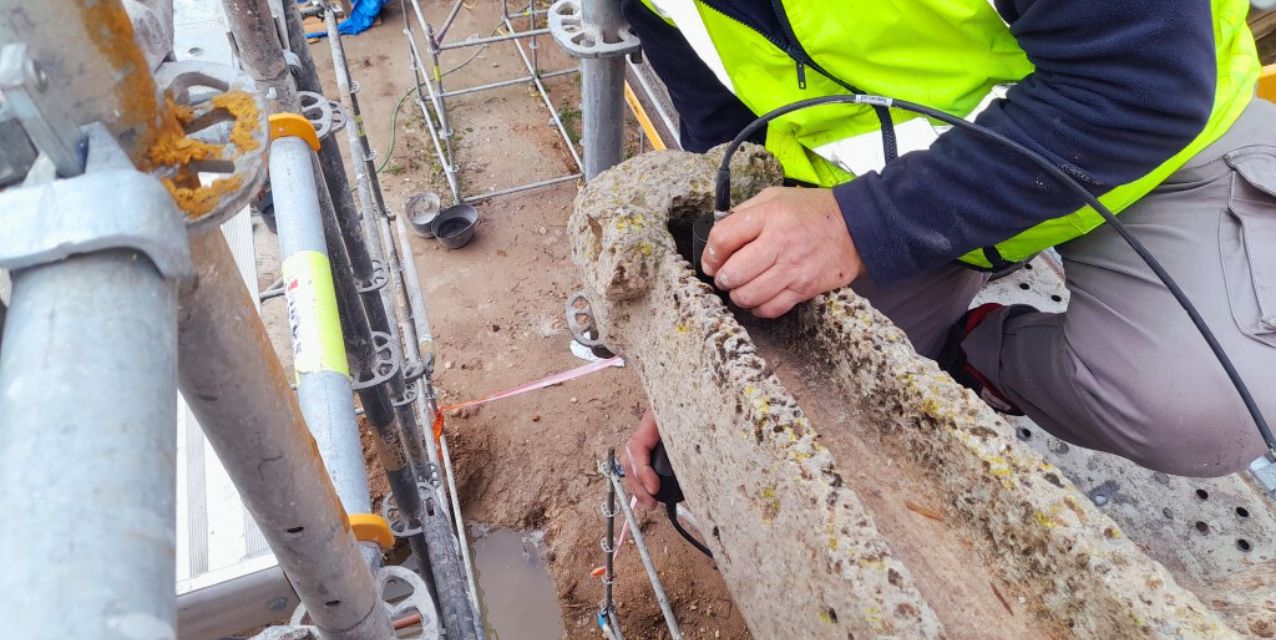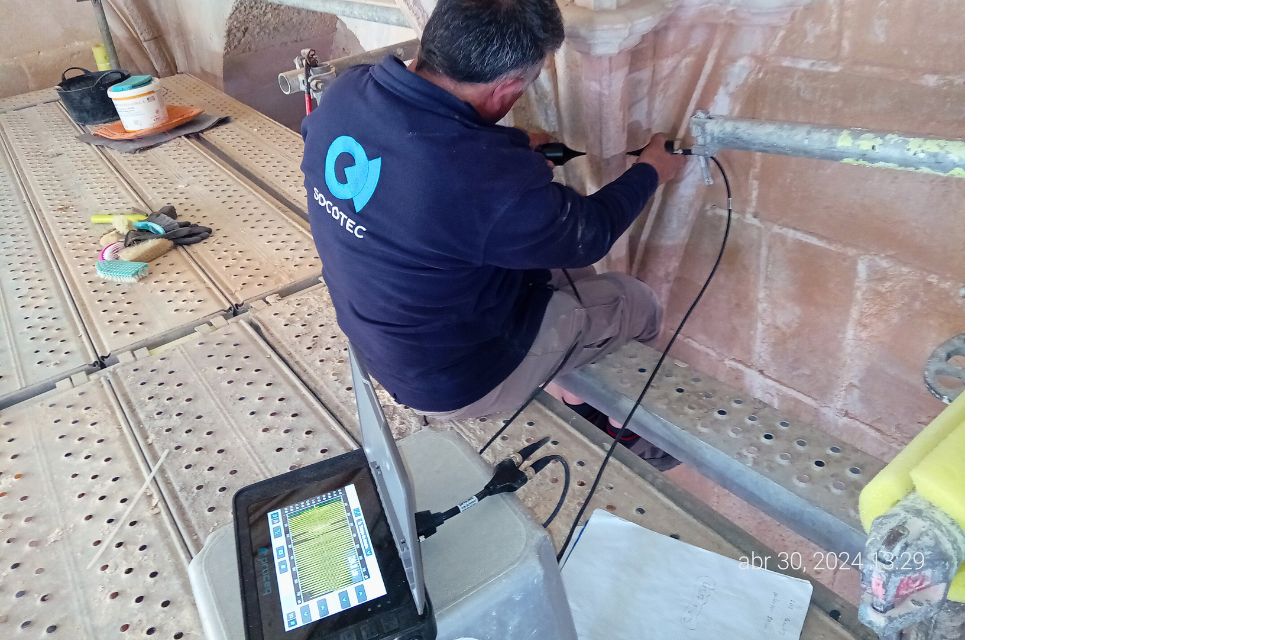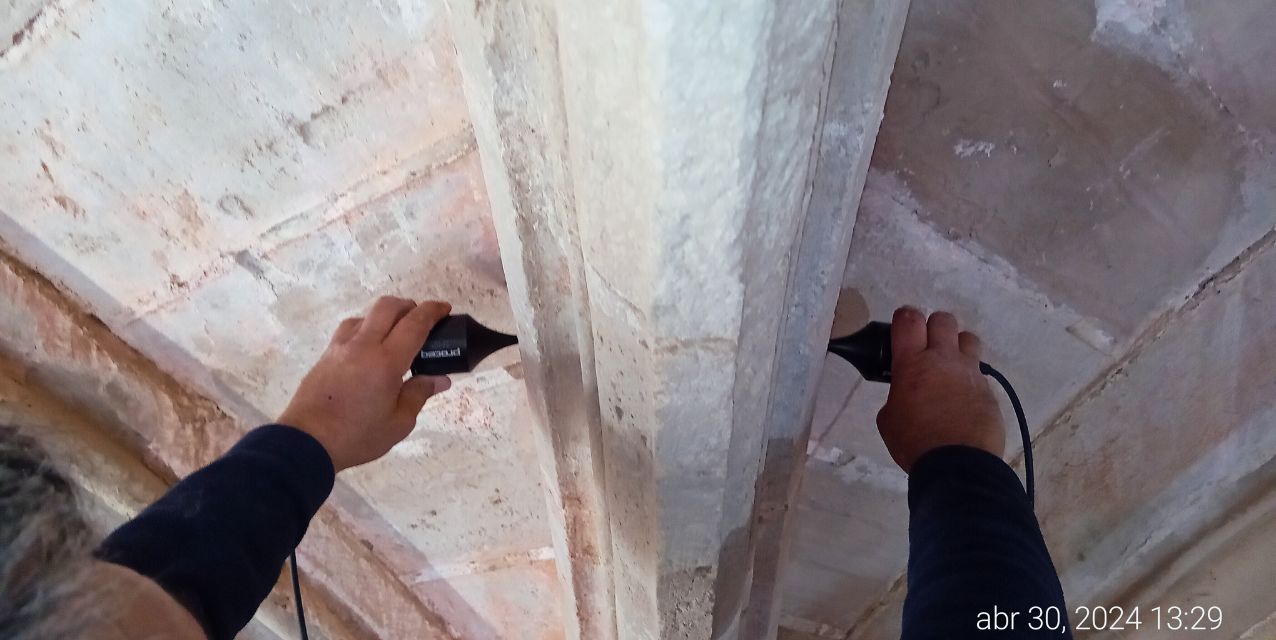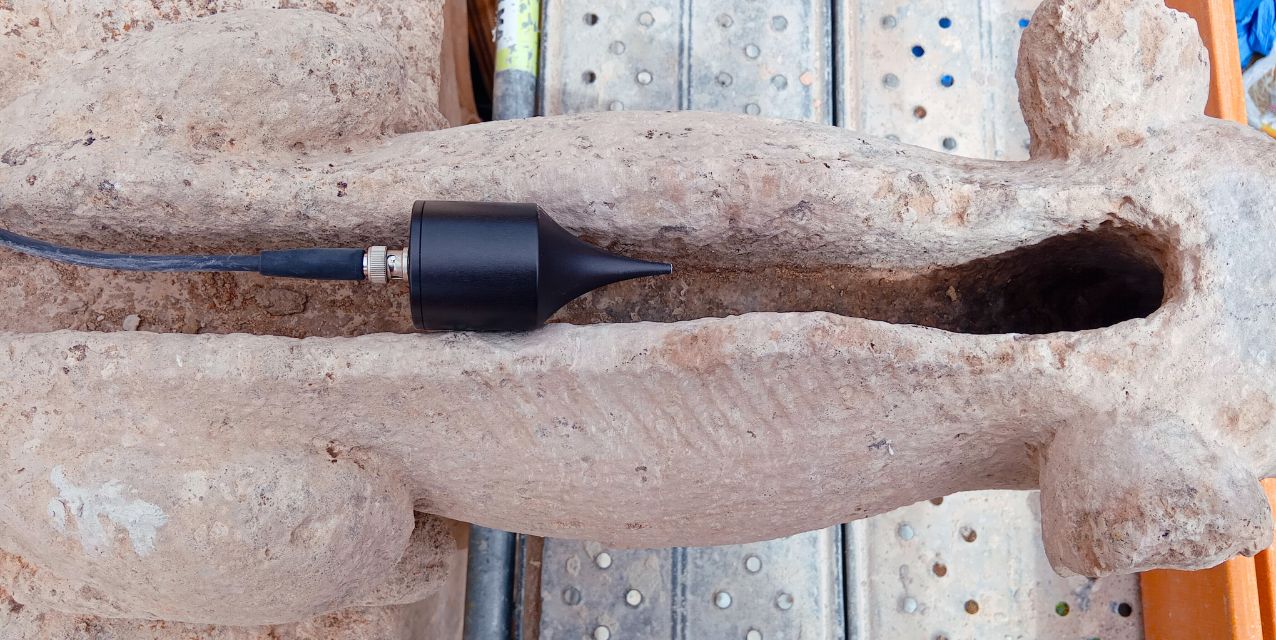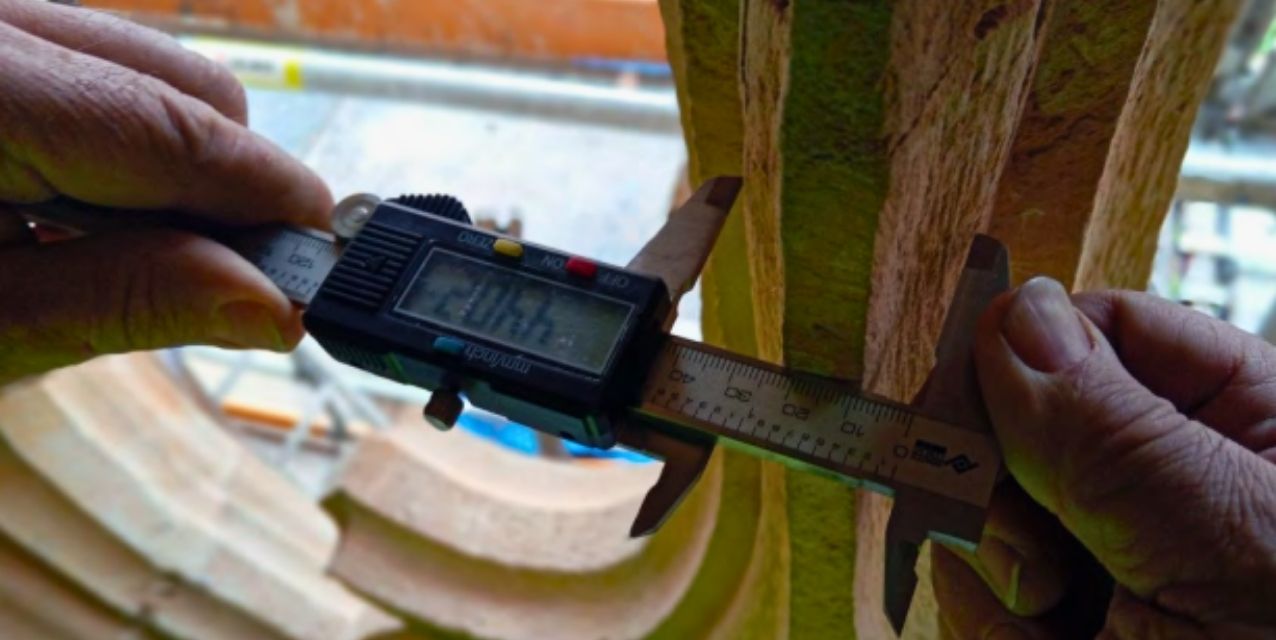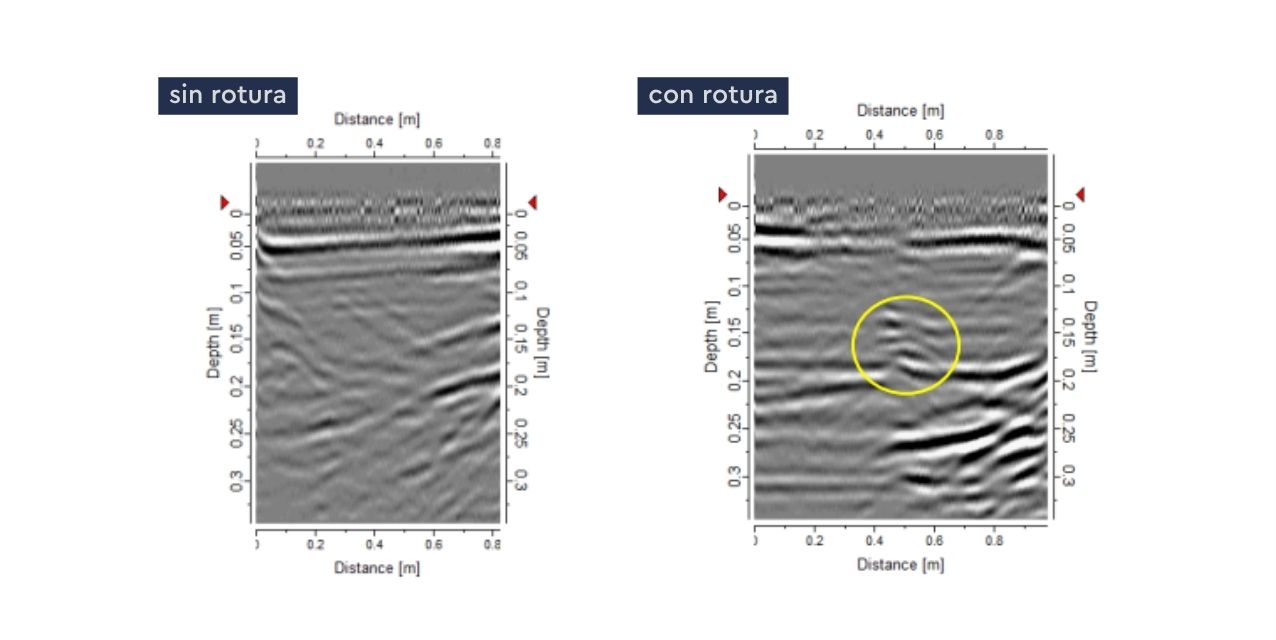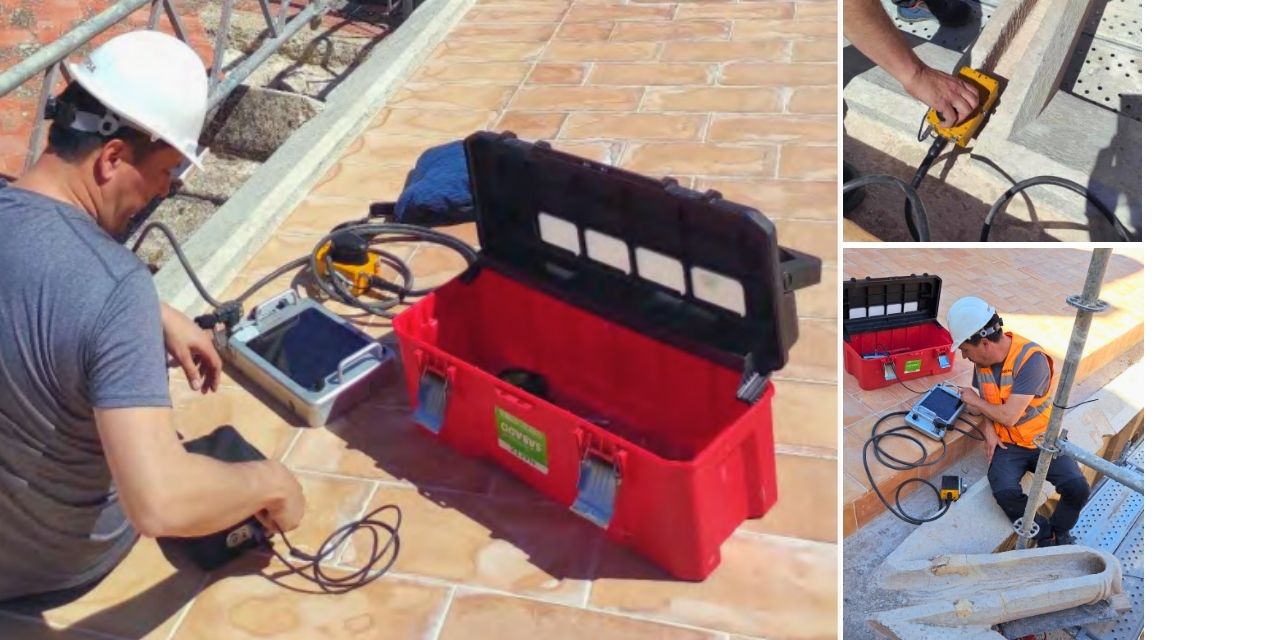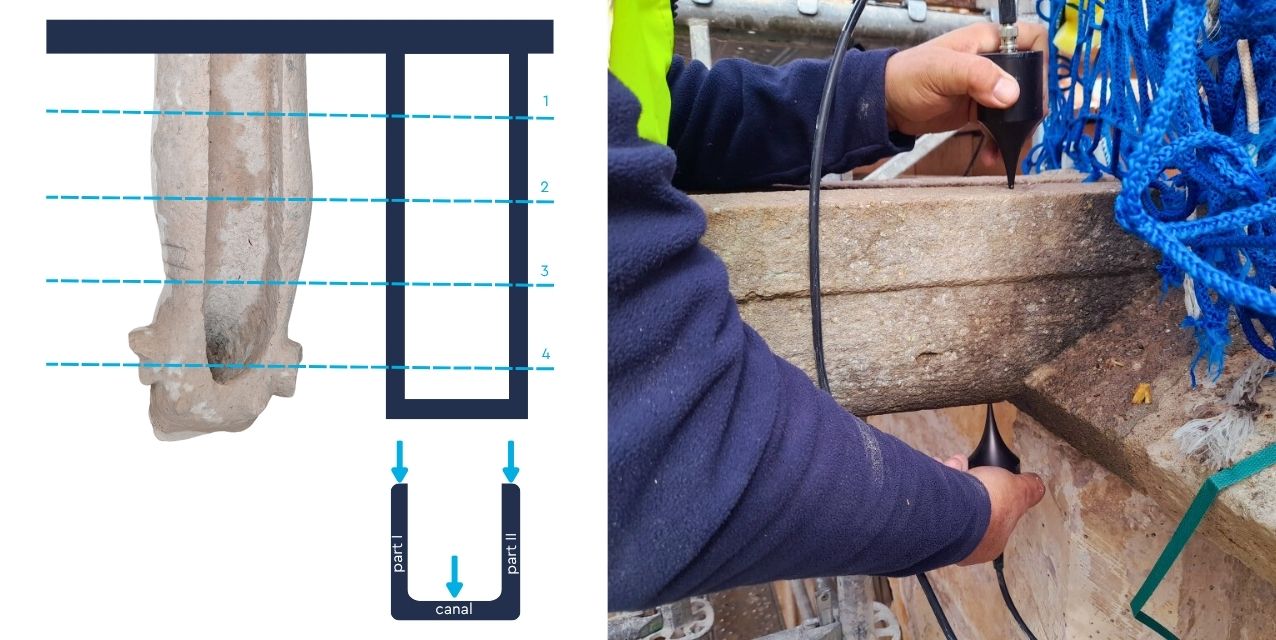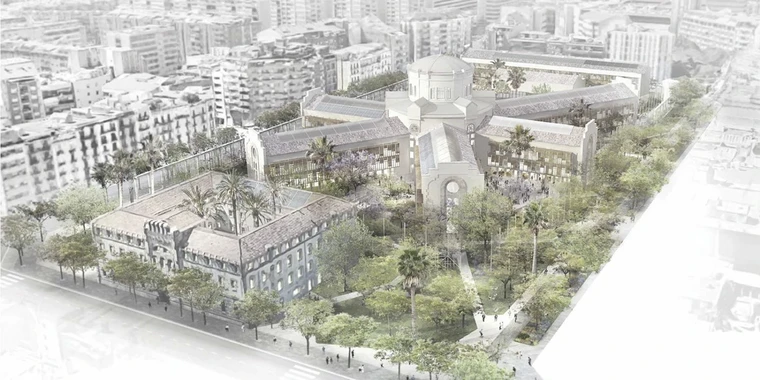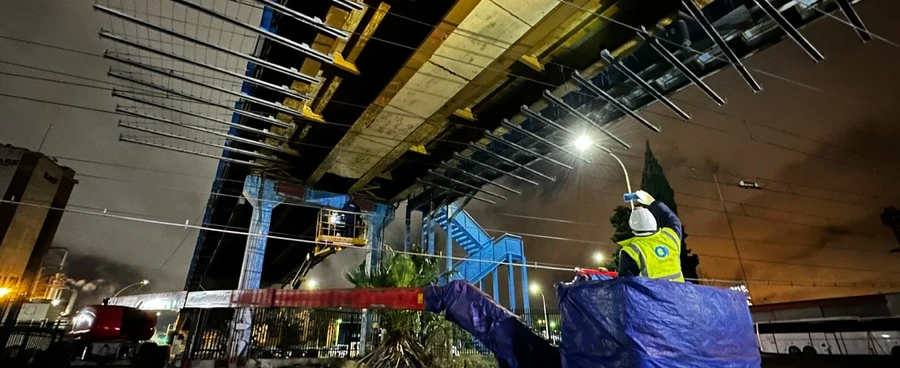General Information
Date: 2024
Client: INSTITUT CATALÀ DEL SÒL
Location: Tarragona, España
Architects: Dilmé + Fabré + Torras Associats i Francesc Belart
Restorer: Javier Chillida
Photo Credits: SOCOTEC & GEOTOPSA
NDT Campaign for the Diagnosis of the Centenary Gargoyles of Santes Creus Cloister
The Monastery of Santes Creus, founded in 1160 in Tarragona, stands as a benchmark of Cistercian architecture. Its 14th-century Gothic cloister is particularly noteworthy, being the first of its kind in the Crown of Aragon, and contrasts with the austere construction of the complex.
INCASÒL spearheaded the restoration of the Gothic cloister of the Royal Monastery of Santes Creus, a comprehensive project aimed at addressing its pathologies and ensuring its long-term preservation. This intervention, part of the "Temps de Gòtic" program, seeks to preserve and disseminate Catalonia's valuable Gothic heritage.
With an investment of €3,665,546, the works spanned 26 months, encompassing the galleries, tombs, vaults, and the lavatorium. Key actions included roof waterproofing, improved drainage systems, and the restoration of stone elements and the lavatorium's small temple. Additionally, new lighting was installed, and the patio's landscaping was renewed.
During the process, a significant discovery was made: an important funerary complex belonging to the lower Catalan nobility, which opens up extensive opportunities for archaeological and anthropological studies.

Talk to our experts
To assess and protect the historic structures forming the cloister, SOCOTEC's inspection team implemented a Non-Destructive Testing (NDT) campaign.
This non-invasive method is crucial for determining the state of conservation of the arches and gargoyles, identifying internal defects and fissures. This ensures precise maintenance and prevents these valuable sculptures from detaching or breaking.
Climatic Influence on Damage
The gargoyles are exposed to a Mediterranean climate with large annual thermal oscillations (up to 45 °C difference). These cycles, along with high humidity, have caused microfissures in the stone for over 800 years. The freezing of moisture within these microfissures and the overload from snow or water worsen the deterioration.
The weakest point is the gargoyle's joint with the wall, prone to fissures due to its cantilevered nature and its own weight. The rest of the piece may also show microfissures resulting from these climatic factors.
Visual Assessment of Gargoyles
The objective was to identify surface damage, fractures, or microfractures, and to gather data to refine the subsequent phases of the campaign.
Thirty elements were inspected, bearing in mind that the gargoyles' handmade construction implies that certain inclinations or heterogeneities are inherent characteristics of their original design.
Comprehensive Visual Inspection: Thoroughly examine each gargoyle to understand its overall structure and that of its support system.
Detection of Degradation and Movement: Actively look for any signs of deterioration, such as fissures, detachments, erosion, or indications of inclination or movement.
Use of Auxiliary Equipment: Employ tools that allow safe access to all surfaces of the gargoyle, including elevated areas not visible from ground level.
Surface Roughness Verification: Through direct contact with the element (if the equipment allows), assess the surface roughness, as this characteristic is crucial for selecting subsequent non-destructive inspection methods.
Examination of Elevated Areas: Pay special attention to the upper portions of the gargoyles and their joints with the cloister structure, looking for anomalies or possible displacements that may not be evident from below.
Dual Non-Destructive Testing (NDT) Campaign
For the in-depth study of the gargoyles of Santes Creus Monastery, a dual Non-Destructive Testing (NDT) campaign was implemented, utilizing Ground Penetrating Radar (GPR) and Ultrasonic Pulse Velocity (UPV).
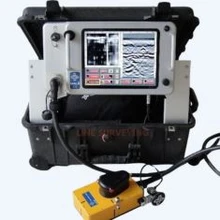
Ground Penetrating Radar (GPR) Campaign - GEOTOPSA Collaboration
Primary Technology
Antenna Type: 2.3 GHz (very high frequency).
Detection Precision: Millimeter-level for internal cracks.
Scanning Patterns: Meticulous transverse and longitudinal scans.
Adaptation: Scans adapted to the shape of each gargoyle.
Additional Coverage: Scanning extended to the gargoyle's joint with the wall.
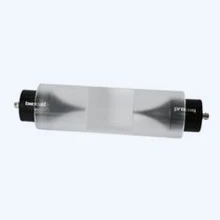
Ultrasonic Pulse Velocity (UPV)
Complementary Technology
Transducer Used: 54 KHz Exponential.
Transducer Suitability: Ideal for rough stone surfaces.
Test Focus: Areas with cracks detected by GPR and general sampling (every 10 cm).
Test Objective: To identify significant variations in pulse velocity to confirm internal defects (not to obtain absolute values).
Complementary Study: Studies were also conducted on two roof ribs and the tracery of two cloister arches to determine their internal integrity.
The results from the radargrams and UPV tests showed clear differences between healthy elements and those with fissures, confirming the effectiveness of this combined methodology for the internal assessment of the gargoyles and arches.

Heritage
Preventive Structural Preservation
We achieve this by combining materials science with a deep understanding of historical construction methods, as demonstrated in projects like the transformation of the Modelo prison in Barcelona.
"NDT application allows for internal structural assessment without causing damage. The data helped us identify compromised elements, enabling a preventive strategy that avoided collapses and irreversible damage. This approach facilitated reinforcement without altering aesthetics, ensuring long-term preservation”
Lluís Aranda
Technical Director of the SOCOTEC Spain Laboratory
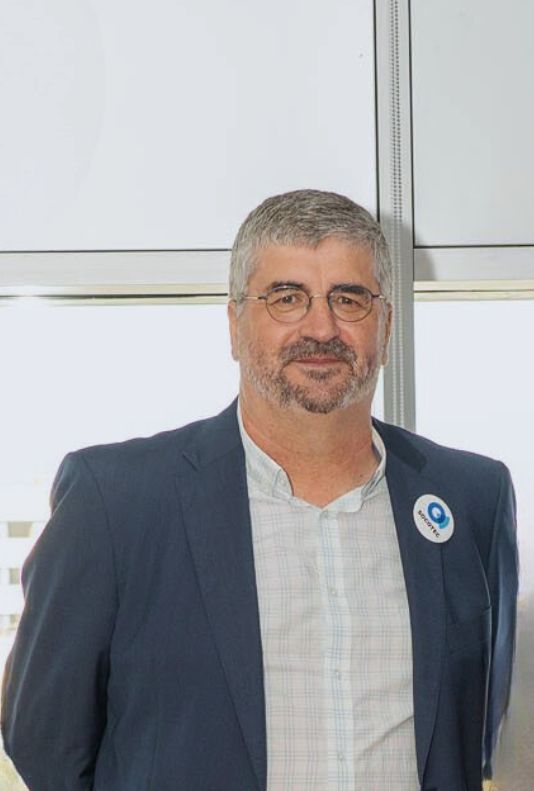
We achieve this by combining materials science with a deep understanding of historical construction methods, as demonstrated in projects like the transformation of the Modelo prison in Barcelona.
"NDT application allows for internal structural assessment without causing damage. The data helped us identify compromised elements, enabling a preventive strategy that avoided collapses and irreversible damage. This approach facilitated reinforcement without altering aesthetics, ensuring long-term preservation”
Lluís Aranda
Technical Director of the SOCOTEC Spain Laboratory

Preventive Approach
Success in Monumental Conservation
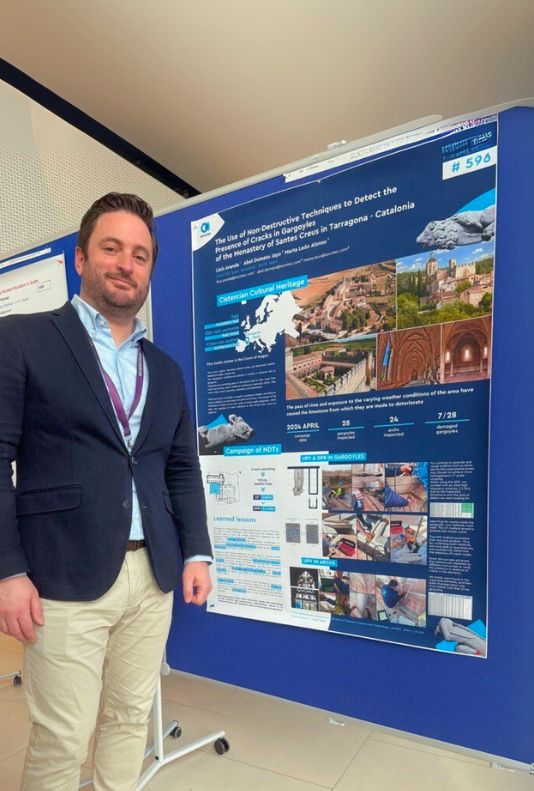
The conservation of historical elements demands a deep understanding of specific cases and the determination of the most suitable evaluation methodology. This is why, at SOCOTEC, we kick off these projects with a detailed visual assessment to select the most effective Non-Destructive Testing (NDT) methods for data analysis.
For this project, we visually verified the integrity of the gargoyles and pinpointed the best locations for the work. We identified, numbered, and planned the inspection campaign for the gargoyles. We also conducted a preliminary calibration campaign on two gargoyles: one with clear damage and another in perfect condition.
This project perfectly showcases our experience and was presented as a case study by the SOCOTEC team at the Third International Conference on Applications of Radiation Science and Technology (ICARST-2025), an event organized by the International Atomic Energy Agency in Vienna.
The project highlights how the application of these tests plays a crucial role by revealing identified anomalies consistent with the presence of internal fissures within the gargoyles.
The conservation of historical elements demands a deep understanding of specific cases and the determination of the most suitable evaluation methodology. This is why, at SOCOTEC, we kick off these projects with a detailed visual assessment to select the most effective Non-Destructive Testing (NDT) methods for data analysis.
For this project, we visually verified the integrity of the gargoyles and pinpointed the best locations for the work. We identified, numbered, and planned the inspection campaign for the gargoyles. We also conducted a preliminary calibration campaign on two gargoyles: one with clear damage and another in perfect condition.
This project perfectly showcases our experience and was presented as a case study by the SOCOTEC team at the Third International Conference on Applications of Radiation Science and Technology (ICARST-2025), an event organized by the International Atomic Energy Agency in Vienna.
The project highlights how the application of these tests plays a crucial role by revealing identified anomalies consistent with the presence of internal fissures within the gargoyles.

